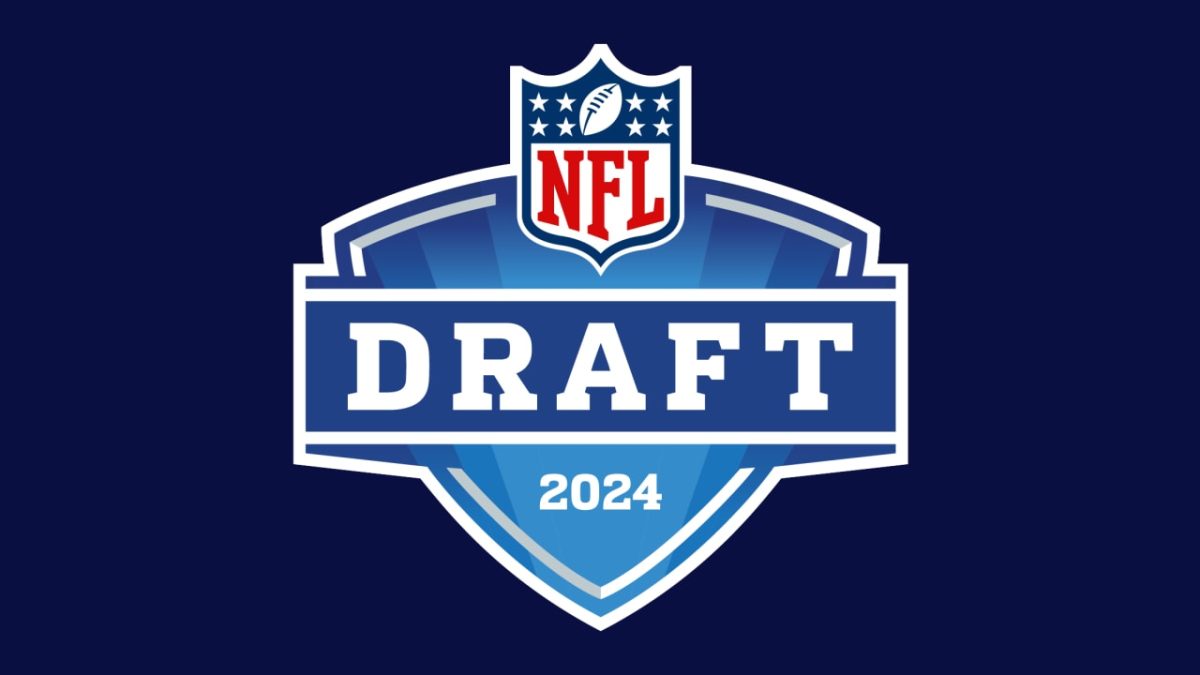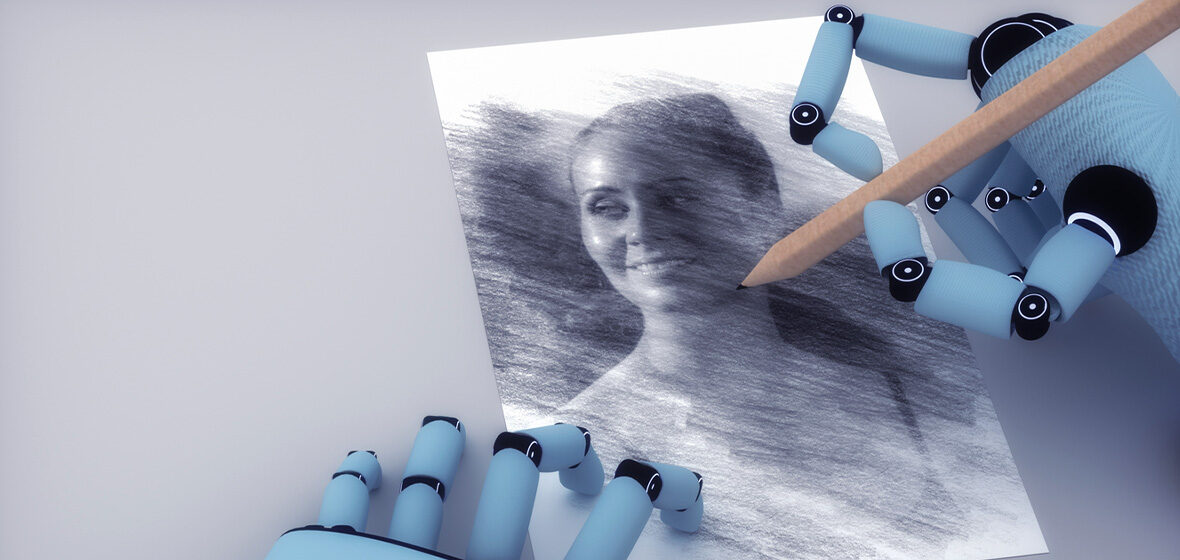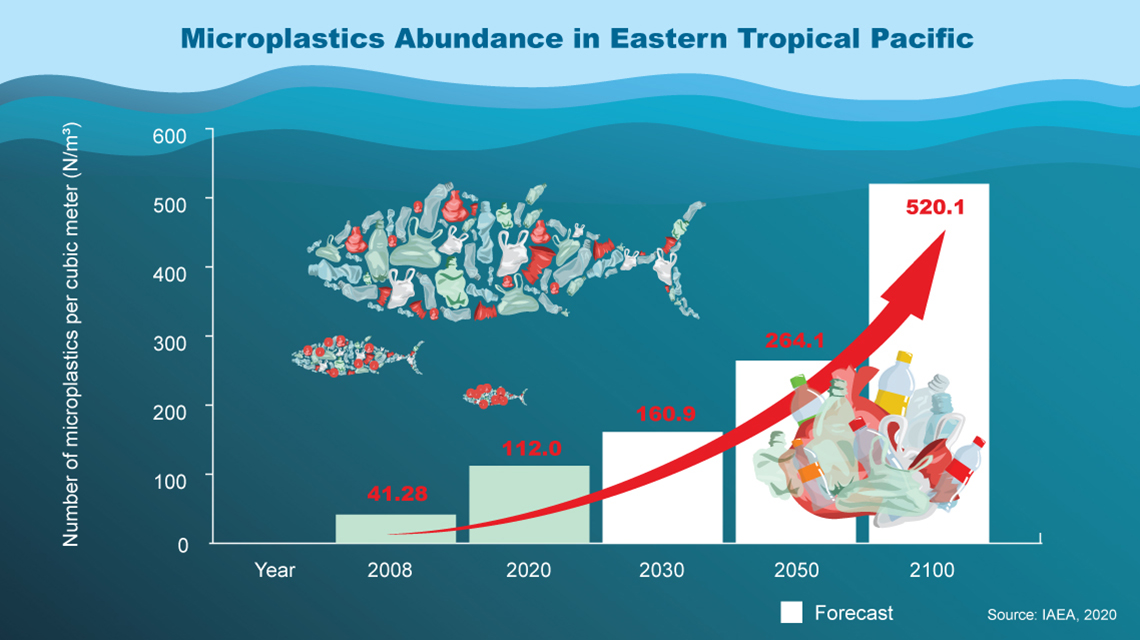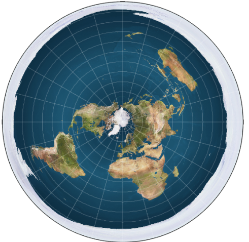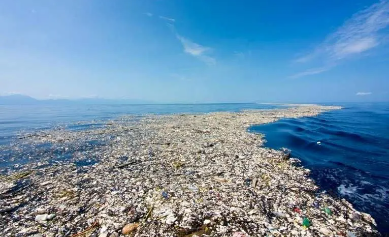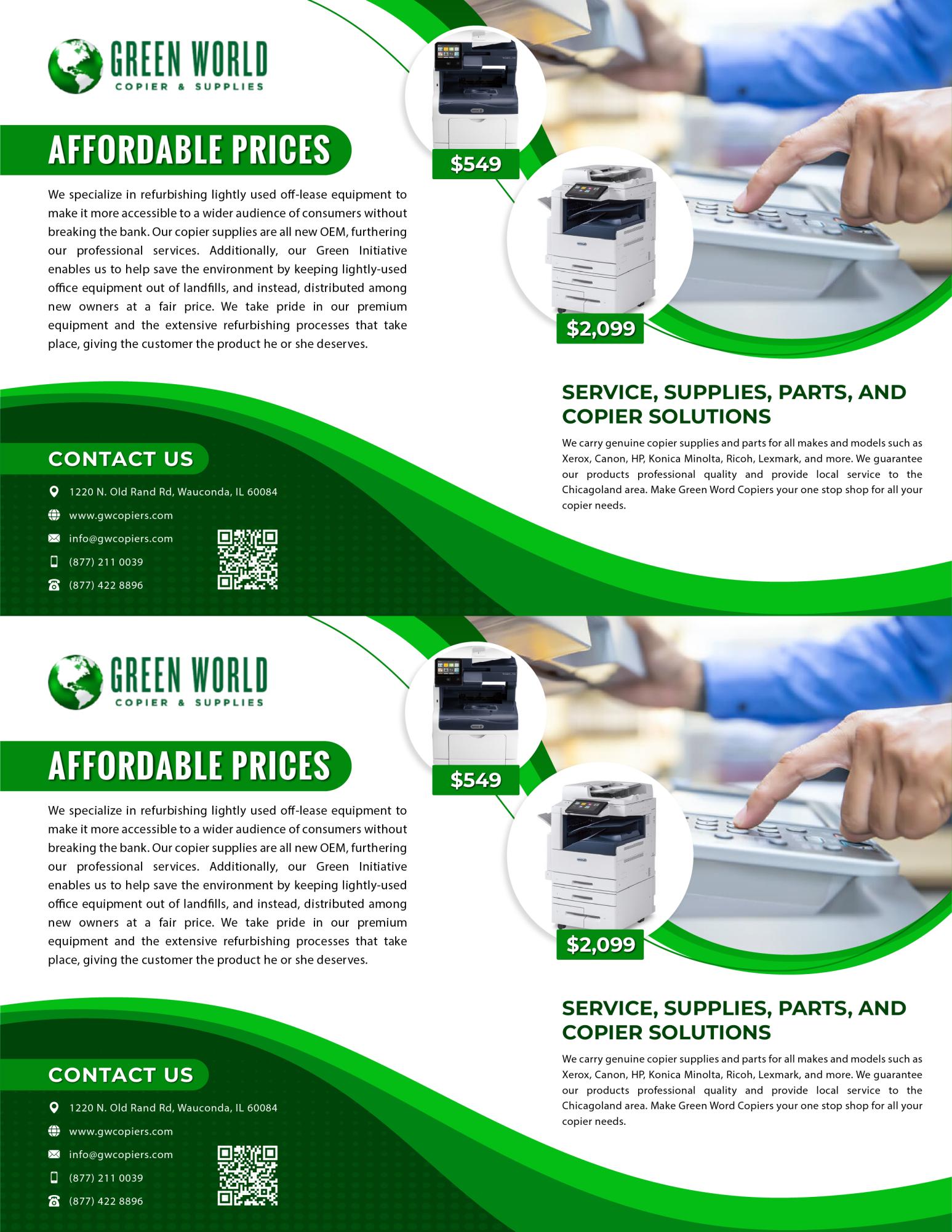Did you know there’s about as much plastic in the ocean as there are stars in the sky? There are billions of stars, how much plastic would that be? Each year, the entire world uses an estimated 350 million metric tons of plastics each year. These plastics make up about 358 trillion microplastics in our oceans, lakes, rivers, animals, and even our own bodies. Microplastics are small pieces of plastic that are less than five millimeters in size. These small plastics were first discovered in 2004 by Professor Richard Thompson and his team, who were able to explain how microplastics have been around since the 1960’s and are now causing damage to our oceans (University of Plymouth). Now, microplastics in the ocean might not seem like a huge deal because we don’t live in the ocean, but they are ruining the economy because of how little we recycle.
As of 2023, it is estimated that plastics make up about 92% of our oceans and there is an extremely high chance that “in 2050 there will be more plastic than fish in the ocean” (The Blue Paradox). Even if it seems as though there is no chance these tiny pieces of plastic will be able to harm us, every time a person eats fish or opens a lint tray, they are exposed to millions of microplastics. These small things can be found in almost every living thing on the planet.
The average human being has around 9,600 microplastics in their body and it’s assumed that we take in at least 5 grams of them a week (Science News). Due to the fact that we consume microplastics, there are common foods that have more microplastics than normal such as “fish/fish sticks, chicken nuggets, tofu, and plant-based burgers” (Washington Post). Microplastics are in 92% of the ocean and all fish have it in them; however, “some fish have lower amounts than others such as sardines, anchovies, tilapia, and more” (Oprah). Only, because we consume these foods, there have been studies showing how “microplastics are found on both sides of the human placenta” meaning that children can be born with microplastics already inside them (Plastic Pollution Coalition).
It takes 450 years before a single water bottle can biodegrade in the ocean and now just think of how many plastic bottles of water the world uses (The Blue Paradox). The microplastic issue is caused by the improper disposal of all plastic items. It can also be due to the rain and winds carrying plastic into the ocean. Nearly every minute, there is a “dump truck’s worth of plastic in the ocean” which is leading to rivers and oceans being consumed by plastics (The Blue Paradox). Countries that put the most plastic in the oceans are the Philippines, Asia, and Bangladesh. These three countries contribute to most plastic pollution due to the lack of sanitary landfills, government mismanagement, and neighboring countries that send plastic into their rivers.
The Yangtze River in Asia is considered to be one of the biggest carriers of plastic waste and is a part of the 10 rivers that carry 92% of plastic (Scientific American). Some rivers, such as the Buriganga in Bangladesh, are overflowing with plastic bottles and waste because they don’t have a way to recycle anything. The only reason there is so much plastic found in the ocean is because we as people aren’t doing our job of correctly disposing of plastic. The more we use plastics, the more at risk we are of exposing the future to microplastics.
Since there are over 358 trillion microplastics in the ocean, this can lead to serious issues for our future. Microplastics can cause “neurotoxicity, oxidative stress, immune response,” and can also end up in the bloodstream (Environment and Health). In 2022, scientists did a test on people and discovered that nearly “77% of people…were found to have microplastics in their bloodstream” which can lead to a heart attack, stroke, and even death (Henry Ford Health). Most microplastics end up in the lungs, liver, placenta, and breastmilk which can take years to leave the body.
Microplastics are everywhere, but we can get rid of them one step at a time by using reusable water bottles, not microwaving food in plastic, “stop using single-use plastics, buying organic clothes, and changing how we do laundry” (Perch Energy). Don’t think that this problem is inevitable, it’s something we can fix by adjusting small parts of our lives. The plastics we use hurts no one but all living organisms.








